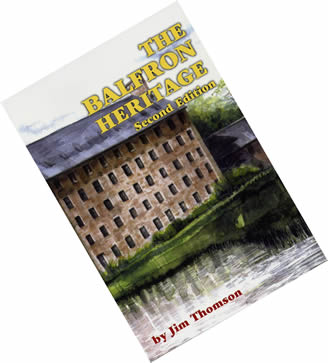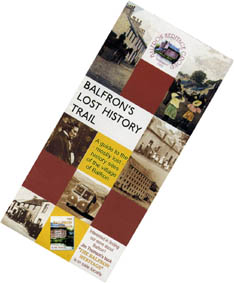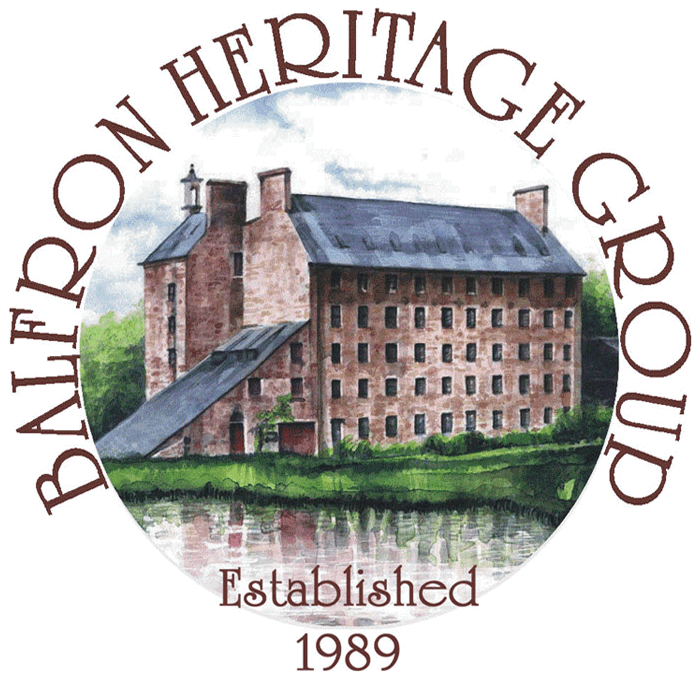Kidzone
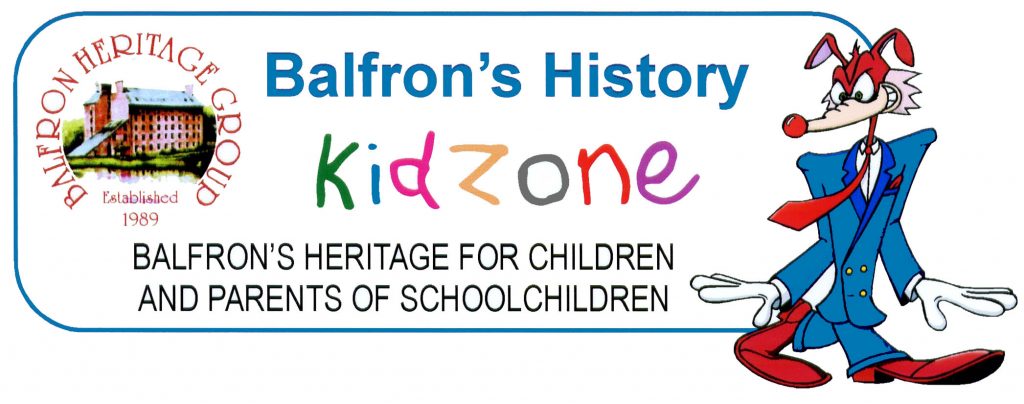
What about that wolf story?
Balfron gets its name from a legend. A legend is a story.

The story goes that one day, when the men were out of the village, wolves came down from the hills and stole off with the children. The word BALFRON means “town of mourning” and it is said that it got that name because people were sad that the wolves had taken the children.
Some legends are true and some are not. Do you think that the Balfron legend is true or is it just a scary bedtime story?
So, how did Balfron start?
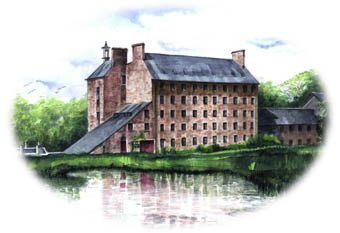
Balfron used to be a tiny village where the Clachan stands now. When Robert Dunmore came to the village he saw how powerful the River Endrick was and decided to build a cotton mill on the banks of the river.
In just two years the village grew from just 55 people to nearly ONE THOUSAND!
Many of the street names still have links with cotton. Can you think of any?
Well, there’s Cotton Street, of course, and Dunmore Street, called after Robert Dunmore. Weavers and spinners worked with cotton; so that gives us two more streets – Spinner Street and Weavers’ Winnel. A “Winnel” or vennel is a Scots word for a lane.
Balfron’s main street – Buchanan Street – might also have a cotton connection, but Buchanan is such a common name in this area that it could have been named after just about any one of them.
Did anything exciting happen before Robert Dunmore came?
Oh yes! Balfron has a very exciting history.

The Romans
The Romans were probably here. The big mound at the end of Dunmore Street might have been a Roman camp. It was certainly a fort in later times. What do you think makes it a good place to have a fort?
That reminds us of yet another street name – Roman Road, just beside the school. There might be part of a REAL Roman road just outside the village, but it is on someone’s farm.
Vikings on the Endrick
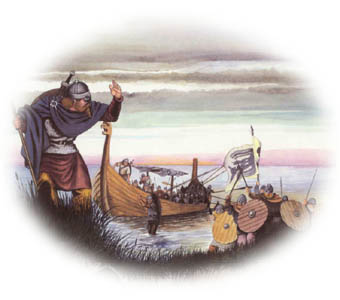
When the Norsemen or Vikings were attacking Largs on the River Clyde some of the Norse King Haakon’s troops came through Loch Lomond to Stirling Castle. The fastest way to travel in those days was by water; so the Norsemen probably came along the Endrick Valley past the little Clachan of Balfron.
Do you think that would be scarier than the wolf story?
Did Balfron have any famous people?
Alexander “Greek” Thomson
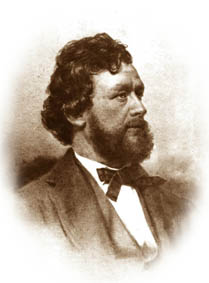
The most famous person to come from Balfron was Alexander Thomson. He was born in Endrick Cottage at the foot of the village. Alexander designed buildings: he was an architect. He took many of his ideas from the buildings of Ancient Greece. This gave him the nickname “Greek” Thomson although he never visited Greece.
Many of his buildings are in Glasgow but there are two designs in Balfron. The old South Manse in Dunmore Street is one of his designs. He also designed a gravestone in the churchyard of Balfron Church (near the main door). You can tell that it was a Thomson design because of the Greek pattern. This is called a motif and it appears on many of his buildings, too.
Yes. There IS a Greek Thomson Road in Balfron. We can tick off another street name.
Frank and Harold Barnwell
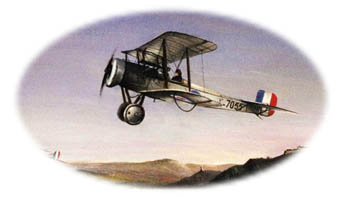
Frank and Harold Barnwell grew up at Auchendarroch House – the Elcho House – at the bottom of the village. They lived before there were any aeroplanes but they loved the idea of flying and they tried out gliders and even a flying machine with an engine.
Do you know the song “Those Magnificent Men in Their Flying Machines”? Frank and Harold were Balfron’s “magnificent men”. Just over one hundred years ago they got one of their aeroplanes to fly 78 metres. That is shorter than the length of a modern 747 Jumbo Jet, but it was a great thing at that time.
Why is there Station Road and there are not any trains?
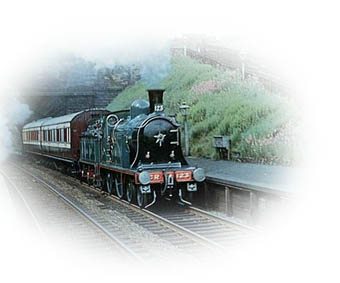
As some of you will know, if you drive along Station Road you will come to Balfron Station. This is where the trains used to stop for Balfron. It is a long way from the village, isn’t it?
At that time Balfron was a popular place to go for holidays, just like Blackpool or Tenerife or Costa del Sol are today. Most holidaymakers stayed in the houses at Hillhead – at the top of Hillhead Brae – or down by the river in wooden holiday huts.
When people got to Balfron Station, the adults travelled by horse and cart or “charabanc” (You say that as SHAR-A-BANG) to the village and the children were sent across the fields.
When people were able to afford cars they did not think they needed the trains anymore and they began to take holidays further away than Balfron.
Parents: Remember that it is important that children ‘discover’ answers for themselves rather than just being told them. “BALFRON’S LOST HISTORY TRAIL” leaflets are available at Balfron Library, as is Jim Thomson’s book “THE BALFRON HERITAGE” (£8).
If you have any questions that are not answered here or elsewhere on the site, you can e-mail info@balfronheritage.org.uk and we shall try to answer them.
